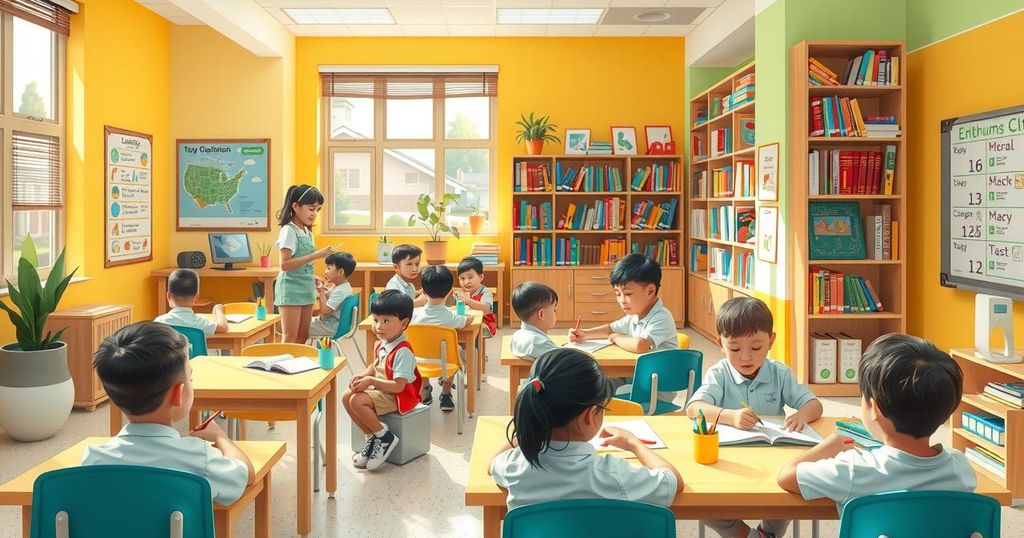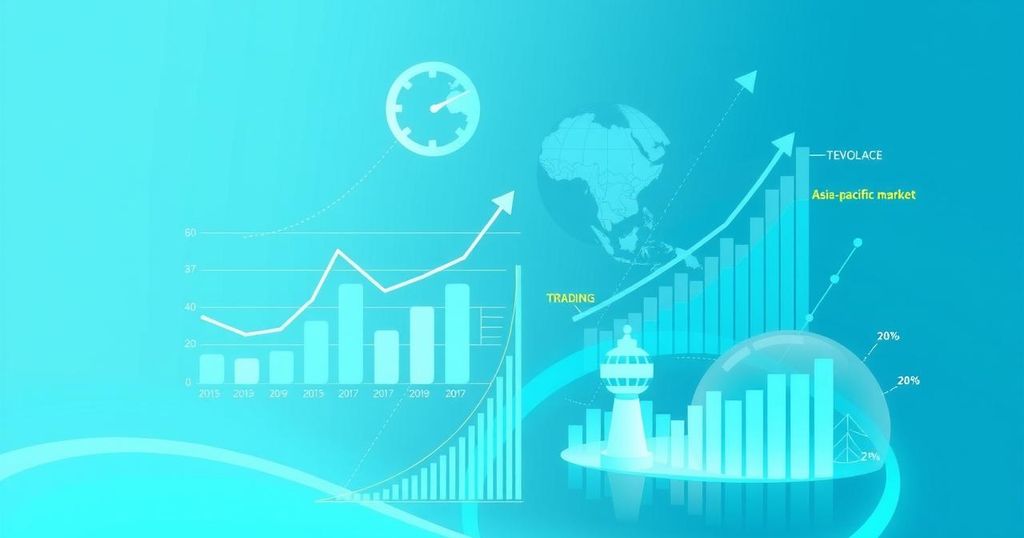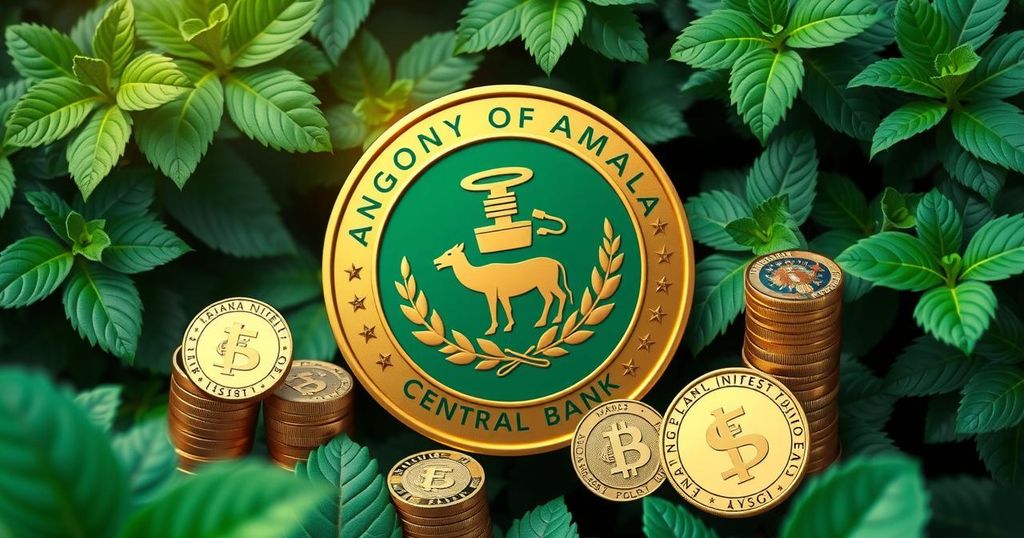Education and Training at the Leading Edge of Guyana’s Development
Dr. Randy Persaud argues that Guyana’s development hinges on education and training, noting significant investments made by the PPP/C government since 2020 compared to previous administrations. He highlights achievements like reinstituted cash grants, expanded school feeding programs, and free tertiary education. Importantly, partnerships in technical training are preparing graduates for lucrative job opportunities, marking a pivotal shift in the country’s educational landscape.
In a recent opinion piece, Dr. Randy Persaud, a Professor Emeritus and adviser to the Office of the President, emphasized the critical role education and training play in Guyana’s development. He argues that upward mobility within society is often contingent on the access and quality of education available to citizens. While political promises often come and go, evidence suggests that the current PPP/C government has significantly outperformed its predecessor, the APNU-AFC, particularly regarding educational investment and reform.
Turning to the numbers, the PPP/C government has committed over $608 billion to education between 2020 and 2025. In stark contrast, the previous APNU-AFC administration could only allocate $209 billion during its four years in office. Education funding under the PPP/C focuses on primary, secondary, and tertiary levels, prioritizing infrastructure alongside educational services and training. Notably, new school spaces have been created, with a total of 59 new nursery schools, 24 primary schools, and 26 secondary schools having been constructed since the PPP came to power.
In 2025 alone, the government has allocated $36 billion for the construction of additional schools. The reconciliation of educational grants, like the reinstated “Because We Care Cash Grant,” now provides families with up to $55,000 for each child enrolled in school, supporting over 205,000 students. Addressing hunger as a barrier to learning, the government has ramped up its National School Feeding Programme, which has expanded from 26,778 children to 37,000, representing a remarkable 38% increase. Moreover, new breakfast programs are now reaching students in grades 3 to 6 across multiple regions of Guyana.
Textbook affordability has also been a focus; the government invested more than $8 billion since taking office, with a further $2 billion allocated for the current year. The promise of free tertiary education, a key commitment in the PPP’s 2020 Election Manifesto, has become a reality. With tuition fees eliminated for University of Guyana students and those in technical institutions, over $13 billion has been invested in higher education.
Teacher training is another area where the PPP/C administration has made significant advancements. The Cyril Potter College of Education has expanded access to professional development, with the number of trained teachers rising from 7,921 in 2020 to 12,876 by 2024, along with an additional 1,400 expected to graduate this year. Moreover, the elimination of fees for CSEC and CAPE examinations removes financial barriers for students wishing to pursue relevant qualifications, potentially benefiting over 13,000 secondary school students.
Dr. Persaud also highlighted the success of the Guyana Online Academy of Learning (GOAL) program, which has awarded nearly 30,000 scholarships. This is an impressive figure compared to global standards. In the realm of Technical and Vocational Education and Training (TVET), access has expanded, with practical instruction now available in 74 secondary schools, as well as the construction of state-of-the-art training facilities across various regions.
Partnerships between the government and private sectors have given rise to critical training centers such as the Oil & Gas Training Centre (ODITC) at Lusignan, which has trained over 4,000 technicians. Facilities like the Exxon-GoG’s Facility Simulator at Tain provide hands-on training for students in skilled trades relevant to the oil and gas industry. Graduates from these programs are entering a workforce that promises high-paying opportunities.
In summary, Dr. Persaud stated that the data showcases marked improvements in Guyana’s educational landscape since August 2020. He argued that promises made by the PPP/C administration have not only been fulfilled but have exceeded expectations. The advancements in education and training are propelling Guyana into a new era of development, creating a better-educated populace than seen in the past five years.
Education is clearly identified as a cornerstone of Guyana’s development trajectory, with substantial investment by the current government leading to significant improvements in access, infrastructure, and quality of education. Programs like the reinstated cash grants and the expansion of feeding programs underline a commitment to ensuring all children have the means to learn effectively. More broadly, the collaboration between government and private sectors in training areas, particularly in oil and gas, signifies a forward-thinking approach to workforce preparedness.
Original Source: demerarawaves.com




Post Comment